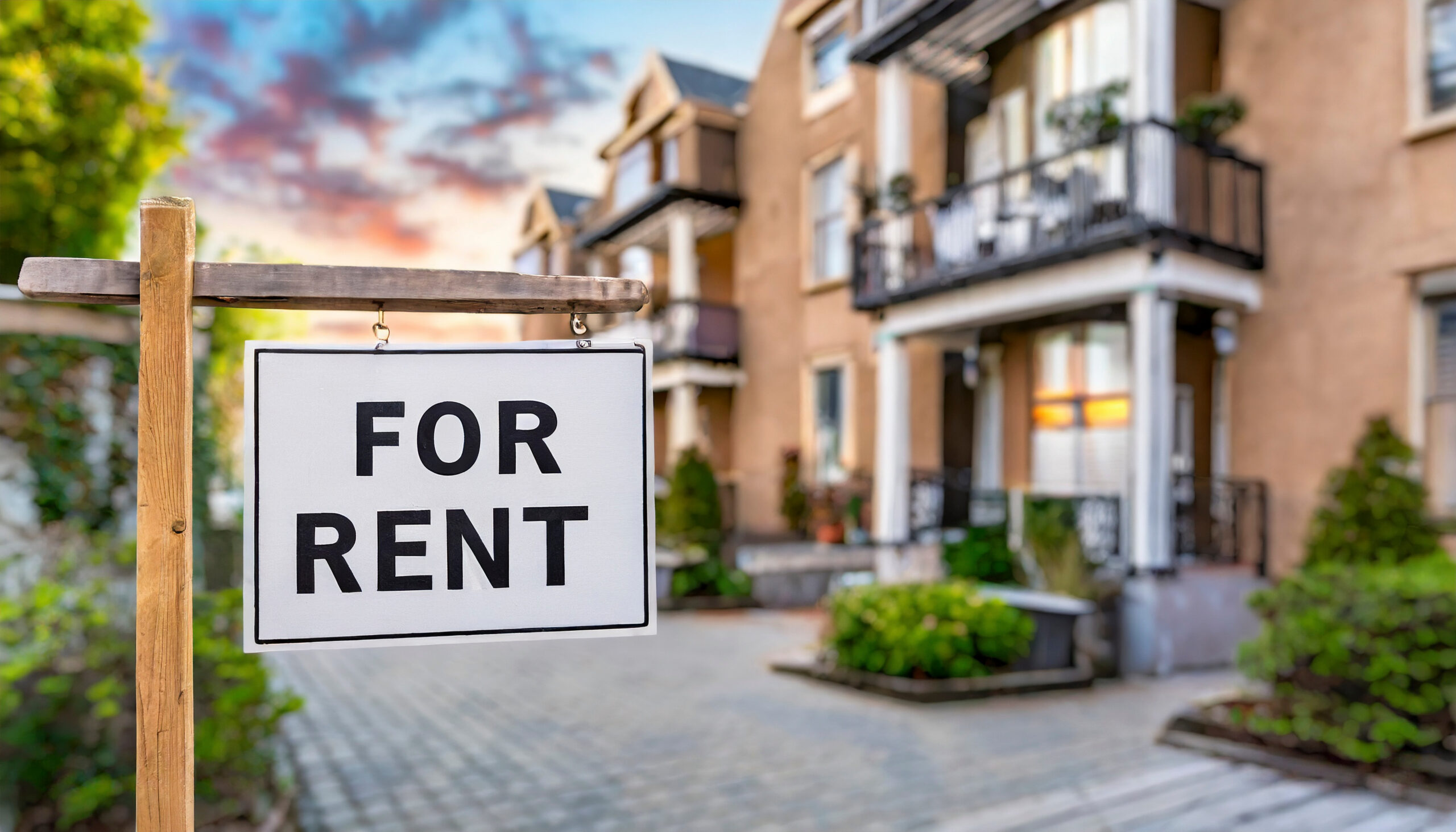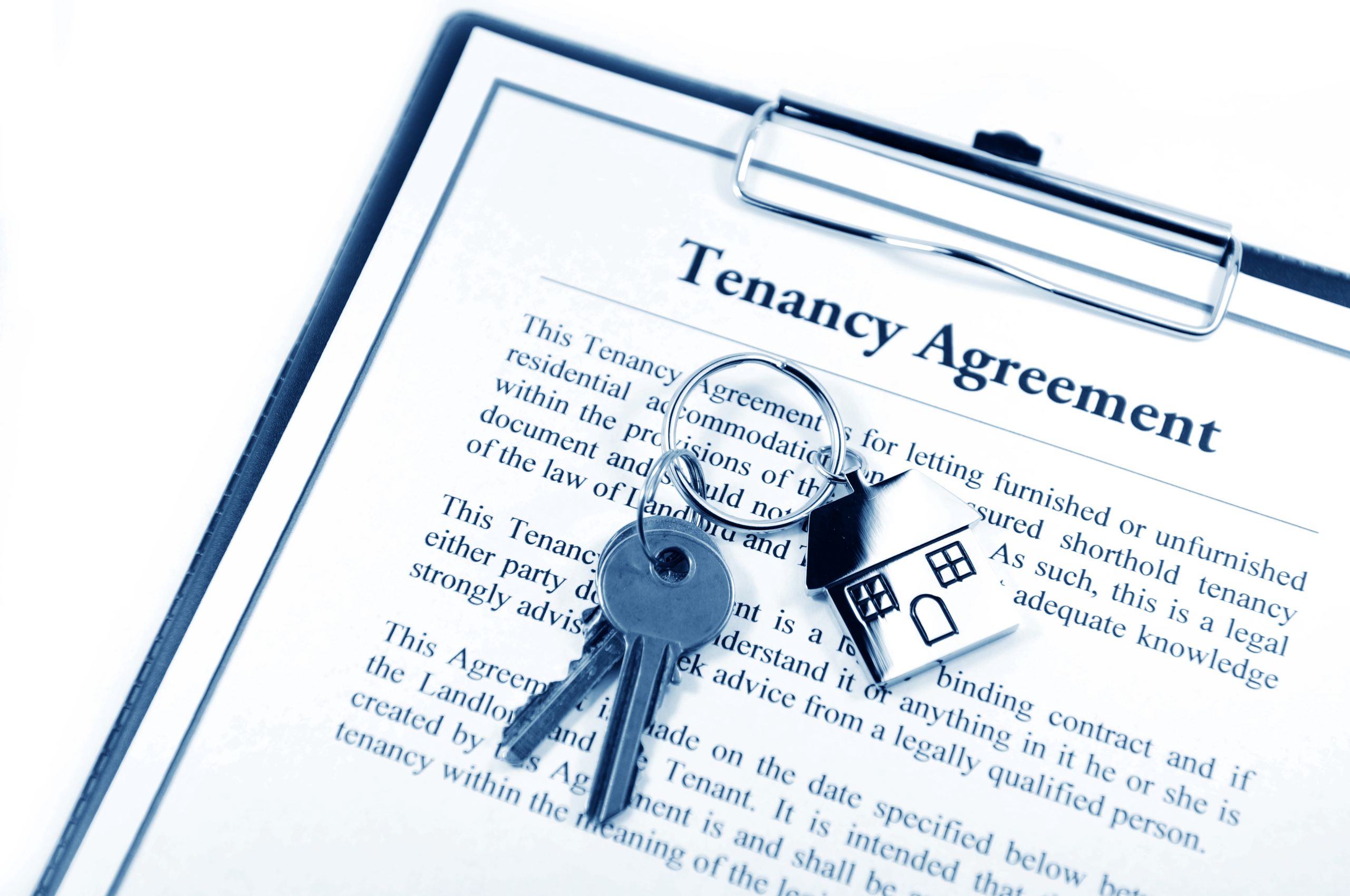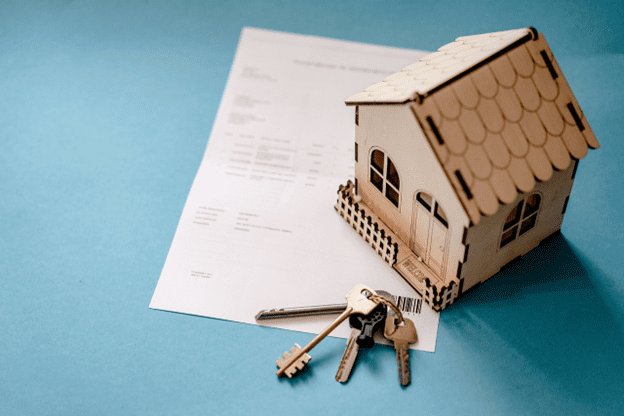
New landlords often face a steep learning curve as they navigate the complexities of property management. From tenant relations and legal obligations to maintenance and incident handling, managing a rental property involves many responsibilities. Without a clear plan in place, landlords can quickly feel overwhelmed by tenant complaints, property damage, or financial mismanagement. However, with the right approach and tools, it’s possible to streamline the process, ensuring both the landlord and tenants have a positive experience.
This guide will walk you through everything you need to know about managing a rental property—from crafting a solid rental agreement to managing tenants effectively, leveraging property management tools, and dealing with property-related incidents.
Contents
- 1 How to Craft a Rental Property Agreement
- 2 10 Tenant Management Tips
- 2.1 1. Screen Tenants Carefully
- 2.2 2. Communicate Clearly
- 2.3 3. Set Expectations Early
- 2.4 4. Address Issues Promptly
- 2.5 5. Maintain Property Consistently
- 2.6 6. Stay Organized
- 2.7 7. Enforce Late Fees
- 2.8 8. Be Firm but Fair
- 2.9 9. Renewal Discussions Early
- 2.10 10. Provide Incentives for Long-Term Tenants
- 3 5 Tools to Help Manage a Rental Property
- 4 How to Handle Property Incidents
- 5 Conclusion
How to Craft a Rental Property Agreement
The rental property agreement serves as the backbone of your relationship with your tenant. It is crucial to ensure that the agreement covers all the key aspects of the rental to avoid future disputes. A well-drafted agreement will not only protect your interests as a landlord but also clarify expectations for your tenant. If you’re managing multiple properties, utilizing a professional property management company can help ensure your agreements are thorough and compliant with all regulations. Learn more about property management services at rooftoprentals.net.
1. Clearly Define the Terms
Ensure the lease clearly outlines the start and end dates, rent amount, due date, security deposit, and consequences for late payments. It should also specify who is responsible for utilities and other fees such as parking or pet deposits.
2. State the Property Rules
Outline the rules and regulations that tenants must follow, including policies on noise, smoking, pets, maintenance, and landscaping. It’s important to include any restrictions on changes to the property, like painting or structural modifications.
If you allow pets, state any specific rules, such as size or breed restrictions, pet deposits, or limits on the number of pets. Tenants are allowed to have up to two pets under 25 pounds each, with a non-refundable pet deposit of $300 per pet. Pets must be kept on a leash when outside and must not be left unattended in common areas. Damage caused by pets will be the tenant’s responsibility.
3. Include Maintenance and Repair Responsibilities
Clarify who is responsible for certain types of maintenance. For example, tenants should handle minor repairs like changing light bulbs, while major repairs such as fixing plumbing should be the landlord’s responsibility. Any unreported damage that worsens due to neglect will be charged to the tenant.
4. Discuss Renewal and Termination Options
Make sure the lease covers procedures for lease renewals, termination notices, and early termination penalties. You should also include specific conditions under which the agreement can be terminated, like breach of lease terms.
For instance, to ensure a smooth transition between lease terms, tenants will be notified 60 days before the end of the lease term regarding renewal options. Tenants must express their intent to renew at least 30 days before the lease expires. If no notice is given, it will be assumed that the tenant does not wish to renew, and the lease will end on the expiration date. In case of a month-to-month lease after expiration, the tenant or landlord must provide a 30-day written notice for termination.
5. Use Legal Templates
Utilize state-specific legal templates to ensure compliance with local laws. If necessary, hire a legal professional to review the contract and make sure it aligns with current regulations.

10 Tenant Management Tips
Once the agreement is signed, managing your tenants effectively is key to keeping your rental property in good condition and ensuring timely rent payments. Here are ten tenant management tips to help maintain a harmonious landlord-tenant relationship:
1. Screen Tenants Carefully
Screening tenants thoroughly is one of the most critical steps in property management. A thorough screening process helps you avoid future problems such as late payments, property damage, or tenant disputes, ensuring you rent to responsible individuals and adhere to the lease agreement.
Start by running a credit check on each prospective tenant. A credit report provides insight into their financial responsibility, such as how they manage debt and whether they consistently pay their bills on time. If a tenant has numerous late payments, this could be a red flag for potential issues with paying rent on time.
2. Communicate Clearly
Keep lines of communication open and clear. Establish a preferred communication method—whether it’s email, phone, or a property management app—and respond promptly to inquiries.
3. Set Expectations Early
From the moment the lease is signed, make sure tenants are aware of their responsibilities. A tenant handbook or guide outlining property rules can help clarify any uncertainties.
4. Address Issues Promptly
Be proactive about addressing tenant complaints or issues like maintenance requests. Timely responses show that you value your tenants and their living experience.
5. Maintain Property Consistently
Regular property inspections and maintenance can prevent small issues from turning into expensive repairs. Create a maintenance schedule to ensure every running smoothly.
6. Stay Organized
Keeping records of all rental-related activities, from rent payments to maintenance requests, will help you ensure nothing slips through the cracks.
7. Enforce Late Fees
Establish and consistently enforce late fee penalties. This encourages tenants to pay rent on time and shows that you take the lease agreement seriously.
8. Be Firm but Fair
It’s important to balance friendliness with professionalism. While you should understand, it’s essential to enforce the lease terms when needed.
9. Renewal Discussions Early
Don’t wait until the last minute to discuss lease renewals. Have conversations with tenants a few months before the lease ends to gauge their interest in staying and make plans accordingly.
10. Provide Incentives for Long-Term Tenants
Consider offering incentives like rent discounts or minor property upgrades to encourage long-term tenancy. Keeping good tenants can reduce turnover and save you from the hassle of finding new renters.
As you can see, managing tenants effectively involves a proactive approach and clear communication to ensure a smooth rental process. By implementing these tips, you’ll foster positive relationships with your tenants, maintain your property in good condition, and reduce issues that could arise over time.
5 Tools to Help Manage a Rental Property
With modern technology, landlords have access to various tools that simplify the process of managing rental properties. These tools help with everything from rent collection to tenant screening and maintenance tracking.
1. Property Management Software
This software helps streamline rent collection, tenant screening, and maintenance requests. These platforms allow landlords to automate many routine tasks and keep everything organized in one place.
2. Online Rent Payment Systems
Set up an online rent payment system to reduce the stress of collecting rent in person. Services like PayRent or RentTrack make it easy for tenants to pay on time and offer direct deposit features for landlords.
3. Tenant Screening Services
Use tenant screening services to access potential tenants’ credit scores, criminal histories, and rental backgrounds. This allows you to make informed decisions when selecting tenants.
4. Maintenance Request Apps
These apps help track and manage maintenance requests efficiently. Tenants can submit requests online, and landlords can schedule repairs and track the progress.
5. Accounting Software
Using accounting software can help landlords track income, expenses, and deductions more effectively. Proper financial management is crucial for ensuring profitability and preparing for tax season.
Look for tools that offer customizable features, scalability, and user-friendly interfaces. Additionally, ensure that the platform provides strong customer support and security measures to protect sensitive tenant and financial information.
How to Handle Property Incidents
Diversifying your investment portfolio provides you with financial stability and potential growth. Property investment offers an opportunity to build equity and generate rental income, which can help offset any unexpected costs or losses from other investment channels. However, property damage, tenant disputes, or legal challenges can arise unexpectedly. Being prepared to handle these incidents efficiently will save you time, money, and frustration.
1. Dealing With Tenant Disputes
Disagreements between tenants or between you and a tenant should be addressed promptly to avoid escalation. For instance, if one tenant accuses another of being excessively noisy at night, begin by listening to both parties. Consult the lease agreement, which may have clauses about noise levels and quiet hours, and remind both tenants of these terms. If the dispute continues, bringing in a neutral mediator can help facilitate a discussion where both sides can express their concerns. This strategy often leads to a resolution that both parties find fair, without the need for legal action.
For instance, two tenants share a common wall, and one complains of loud music late at night. After discussing the issue with both tenants, you refer to the lease clause about quiet hours, which specifies no noise after 10 PM. You remind both parties of this rule, but the conflict continues. Bringing in a mediator to help discuss the issue results in the tenant adjusting their music habits, and the issue is resolved without further escalation.
2. Handling Property Damage
Property damage can be minor, such as a broken window, or severe, such as flooding from a storm. Regardless, it’s crucial to document the damage thoroughly. Take photos and keep written records of the damage, including the date and cause (if known). For tenant-caused damage, you can use their security deposit to cover the costs, as outlined in the lease agreement. If the damage is more extensive, such as a roof collapse due to a hurricane, file a claim with your insurance company immediately.
For example, a tenant breaks a bathroom sink by accident. You document the damage by taking several photos and ask the tenant to write a brief statement about how the accident occurred. You assess the cost of repair, which totals $300, and deduct the amount from the tenant’s security deposit when they move out. In the case of major property damage from a storm, you promptly contact your insurance company, submit the photos as evidence, and initiate the claim process for repair.
3. Managing Late Payments
Issue a polite reminder about the overdue rent, along with any late fees stipulated in the lease. Be considerate of their circumstances by offering a short grace period to make the payment. However, if the tenant continues to miss payments, you may need to take stronger action, such as sending a formal notice. This is a necessary step to protect your interests, even though it can be uncomfortable.
For instance, a tenant misses their rent payment by three days. You send a friendly email reminding them of the missed payment, along with a $50 late fee. The tenant explains that their paycheck was delayed and promises to pay within the next week, which they do. However, if the tenant failed to pay after the grace period, you would issue a formal notice, warning them that continued nonpayment could lead to eviction.
4. Eviction Process
Eviction is a last resort when tenants breach lease terms, such as consistently missing rent payments or causing severe property damage. It’s crucial to follow the legal eviction process in your area, which usually includes providing the tenant with a formal notice to vacate and a specific period to resolve the issue (like paying overdue rent). If the tenant fails to comply, you may need to go to court to obtain an eviction order. In such cases, seeking legal counsel ensures you follow all regulations and handle the process fairly.
Let’s say a tenant has missed rent payments for two months and has not responded to your late payment notices. You send a formal notice to vacate, giving them a final 30-day period to pay the overdue rent or move out. The tenant fails to comply, so you file for eviction in court, following your local laws. After a court hearing, the judge grants the eviction order, and you proceed with legal measures to remove the tenant from the property.
5. Preparing for Inspections and Repairs
Regular property inspections catch potential problems early. Notify your tenants in advance of inspections, usually 24 to 48 hours. After the inspection, schedule necessary repairs promptly to prevent further damage. Proactively addressing repairs not only maintains the property’s value but also keeps tenants satisfied and prevents small issues from becoming costly repairs.
During a routine inspection, you notice that the kitchen faucet in a tenant’s unit is leaking. You inform the tenant and arrange for a plumber to fix the leak the next day. By promptly addressing the issue, you avoid potential water damage to the kitchen floor, which could have led to much higher repair costs down the road.
Conclusion
Managing a rental property involves a mix of legal knowledge, communication skills, and the ability to address issues promptly. While it can be challenging for new landlords to navigate, a well-structured approach can lead to long-term success. By following the above best practices, you can ensure your rental property remains profitable and your tenants are satisfied. Although the learning curve may be steep at first, the rewards of effective property management—steady income, reduced vacancy, and maintained property value—are well worth the effort.








